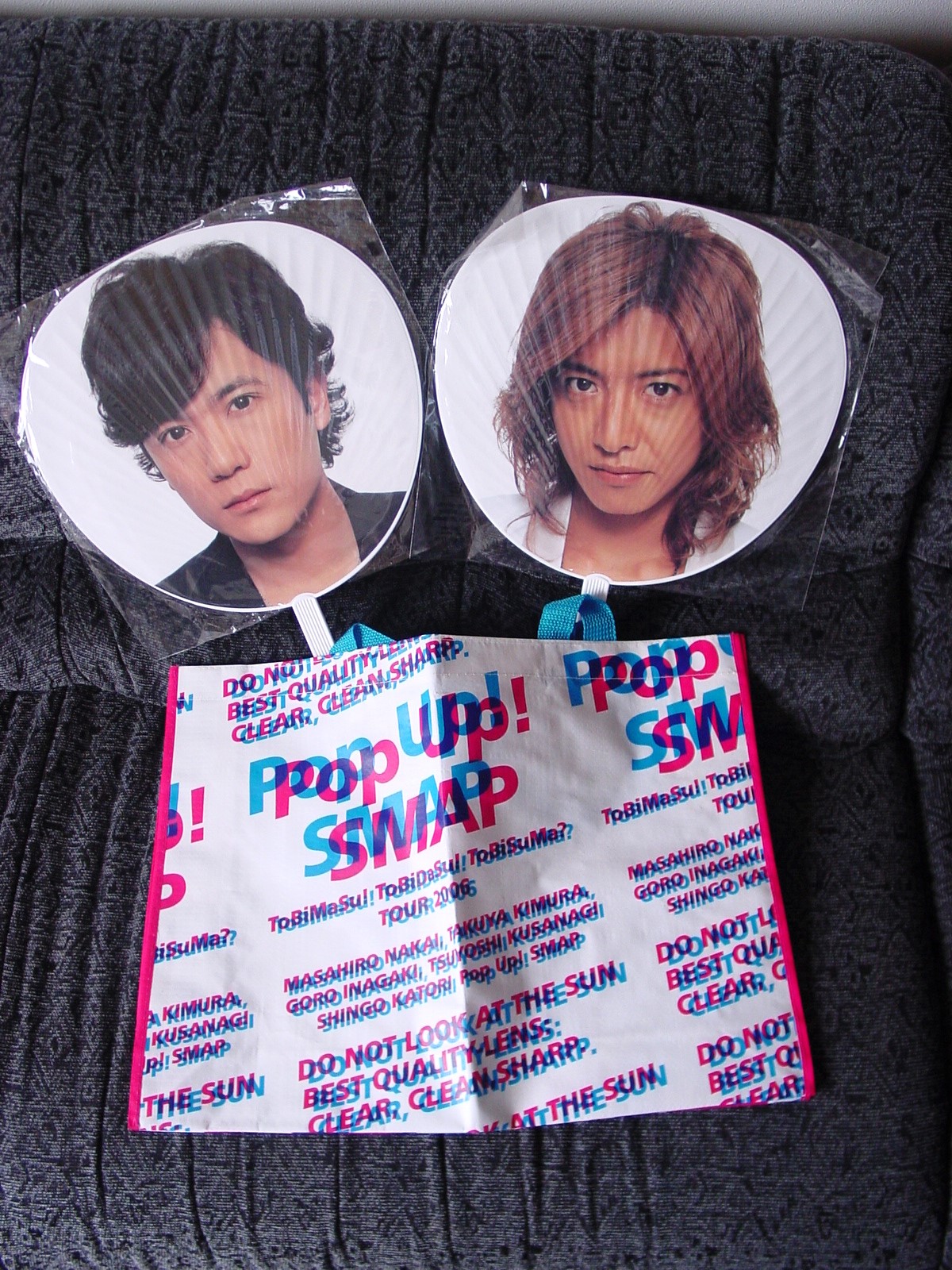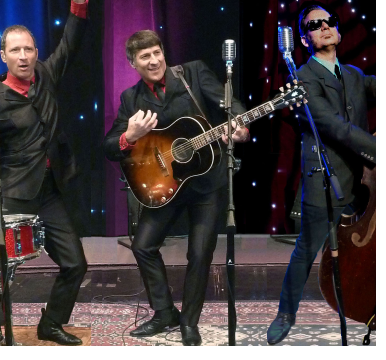Like any advanced culture, Japan has a history of music that ranges from ancient to modern times.
Traditional Japanese music incorporates a hauntingly unique variety of sounds and tones that often serve to imitate the rhythms found in nature that form the basis of life. This is achieved by using a combination of stringed, wind, and percussion instruments. The concepts of water and wind are often replicated in traditional Japanese music using these sounds from nature as models.
The “gagaku” tradition of court music is perhaps the oldest type of musical genre from Japan which was first introduced to the archipelago in the early years of the 10th century from mainland China. The theatrical traditions of kabuki and noh include, along with dancing and singing, these unique sounds that make up the bulk of Japanese traditional music.
In order to achieve the quintessential tones and rhythms of Japanese traditional music, Japanese traditional instruments are utilized, like the shamisen (a three-stringed guitar-like instrument that has a long, thin neck). Originally coming from China, a version of the shamisen called the sanshin was used in Okinawa before spreading to the mainland of Japan. Perhaps the most famous or well-known style of shamisen can still be found in Aomori Prefecture called Tsugaru Shamisen.
A bamboo flute with five holes, called a shakuhachi, is used in traditional music and is the main instrument in ceremonial rites that pertain to the emperor and it is used in religious ceremonies. Originally used by monks of the Fuke sect of Buddhism as a tool for meditation, it gradually became more prevalent for imperial court-related ceremonies and rites.
The taiko drum, while strictly speaking is not a classical instrument, is often played in traditional music and it is also a favorite instrument used in traditional festivals, which are most often performed in groups or ensembles of drummers. Used during summer festivals and other seasonal events throughout the year, as well as in certain religious ceremonies at temples and shrines, the taiko drum has a simple yet powerful sound, adding much rhythmic texture to the music as opposed to harmonic texture.
The koto might well be regarded as the national instrument of Japan due to its unique sound and popularity at being played for special events. Often referred to as a Japanese harp, the traditional koto instrument has a long, wooden main body with 13 strings and is played by using the thumb, index, and middle fingers of the right hand. The fingers are covered with small pics called tsume. Typically, the instrument is played while sitting on the floor on one’s knees (seiza-style).

Traditionally, apprentice geishas were required to become proficient at playing most of the traditional instruments before they could become a full-fledged geisha.
Geisha have been terribly misunderstood outside of Japan and often likened to high-priced prostitutes. Geishas are highly regarded professional entertainers who apprentice for many years before earning the title of geisha. They are meticulously trained in the classical arts of Japan which requires them to learn to become proficient at playing nearly all of the traditional instruments, learn traditional dances and singing, and to be able to conduct themselves with grace and the utmost femininity.
Geishas are responsible, I think, in being the purveyors of traditional culture, ensuring that the fine arts are continued on and not lost to history. Both mysterious and mythical, they provide an important cultural contribution to Japan through their lifelong dedication to the arts and music.
Of course, today, geishas are fewer than in the past, but in cities like Tokyo, Kyoto, and even Fukuoka there are areas where geisha can be found. It is reported that there are roughly only 1,000 working geishas in Japan today, compared to 80,000 across Japan in their heyday.
Today, Japan enjoys a wide variety of musical genres such as J-Pop, J-hip hop, Japanese reggae and jazz, as well as Japanoise (popular in the 70s and 80s), and in recent years Japanese anime and game music in addition to the traditional music outlined above.
Japan has a rich tradition of adopting musical genres from other cultures then adapting and changing them to make them uniquely Japanese.

Photo: The author posing with a cardboard cutout of the main star, Yon-sama, of the hit Korean series "Winter Sonata" when visiitng Korea.
An imported musical movement that has taken Japan by storm is K-Pop. Japanese of all ages quickly have adapted to and accepted K-Pop music due to the wildly popular Korean groups that sing and dance to catchy tunes. In recent years, there has been a K-Pop boom all over Japan with dance schools popping up everywhere to satisfy people’s interest and desire to mimic the Korean boy and girl groups.
Just as in other countries around the world, BTS has become hugely popular raking in billions of yen in sales. This has extended even further to include a Korean cultural wave that includes fashion, cosmetics, hairstyles, and culinary dishes.
However, the precursor group to the BTS phenomenon could very easily be regarded as the Japanese group of SMAP (main photo). This boy group played a huge role in bringing the concept of “pop idol groups” to the forefront all over Asia for decades before the Korean groups began to become popular.
Because Japan is a such a huge consumer market for music, it is no wonder that Korea began to export its idols to Japan. Before the music idols arrived in Japan, Korean TV dramas made a huge impression upon Japanese audiences.
A wildly popular Korean TV drama called “Winter Sonata” took Japan by storm back in the early 2000s and still to this day, Korean TV dramas have a huge following in Japan. This particular drama led the way for Korean pop stars to enter the Japanese market and there is no sign that either will be leaving anytime soon. People love both K-Pop and Korean TV dramas with Japanese fans clamoring to visit the locations portrayed in the dramas, and attending K-Pop concerts in Japan and in Korea.
J-Pop girl groups have always tried to portray an image of being youthful, even immature, to appeal largely to nerdy men in their fan base called “otaku,” whereas K-Pop girl groups definitely present themselves more maturely and sexily.
The naïve image that J-Pop girl groups try to foster is still happening today because appearing “cute” (kawaii) rather than sexy is something that Japanese people admire and prefer. However, Japanese audiences are very happy to accept the sexy and sultry images of Korean girl groups, too.
Get the most recent Shelby County Post headlines delivered to your email. Go to shelbycountypost.com and click on the free daily email signup link at the top of the page.




.jpg)

